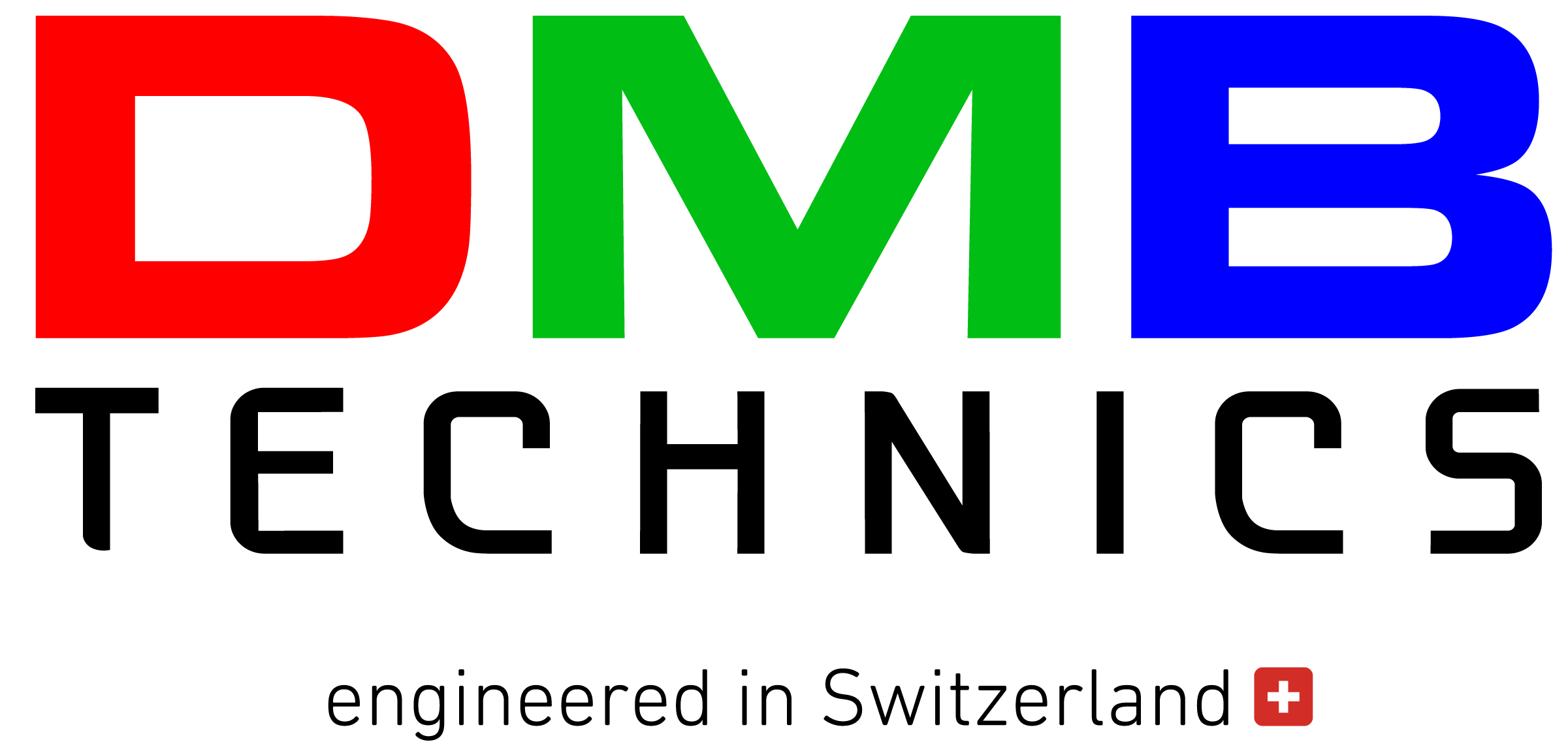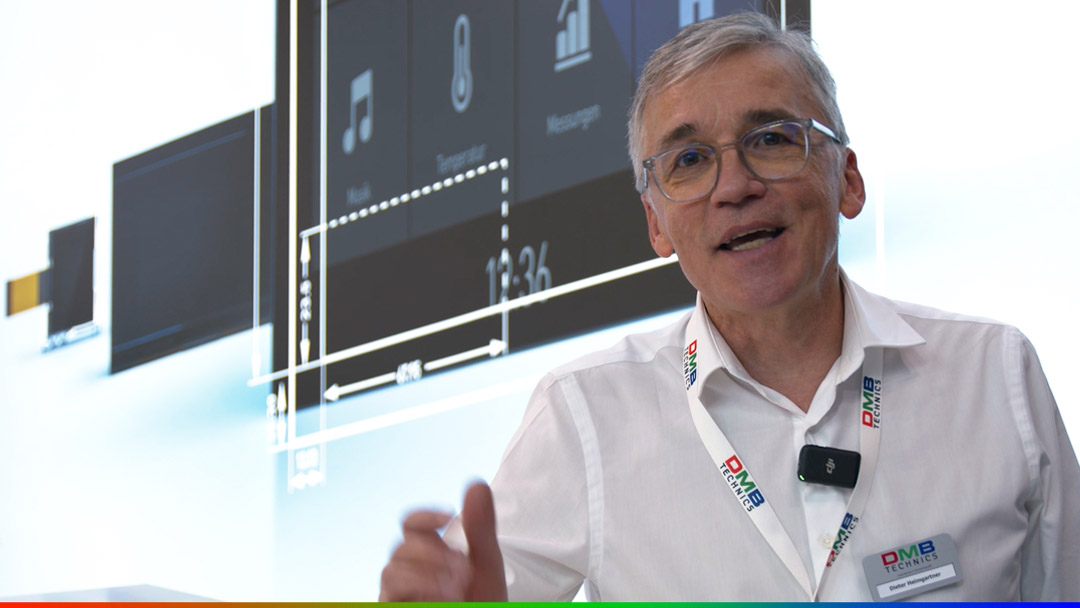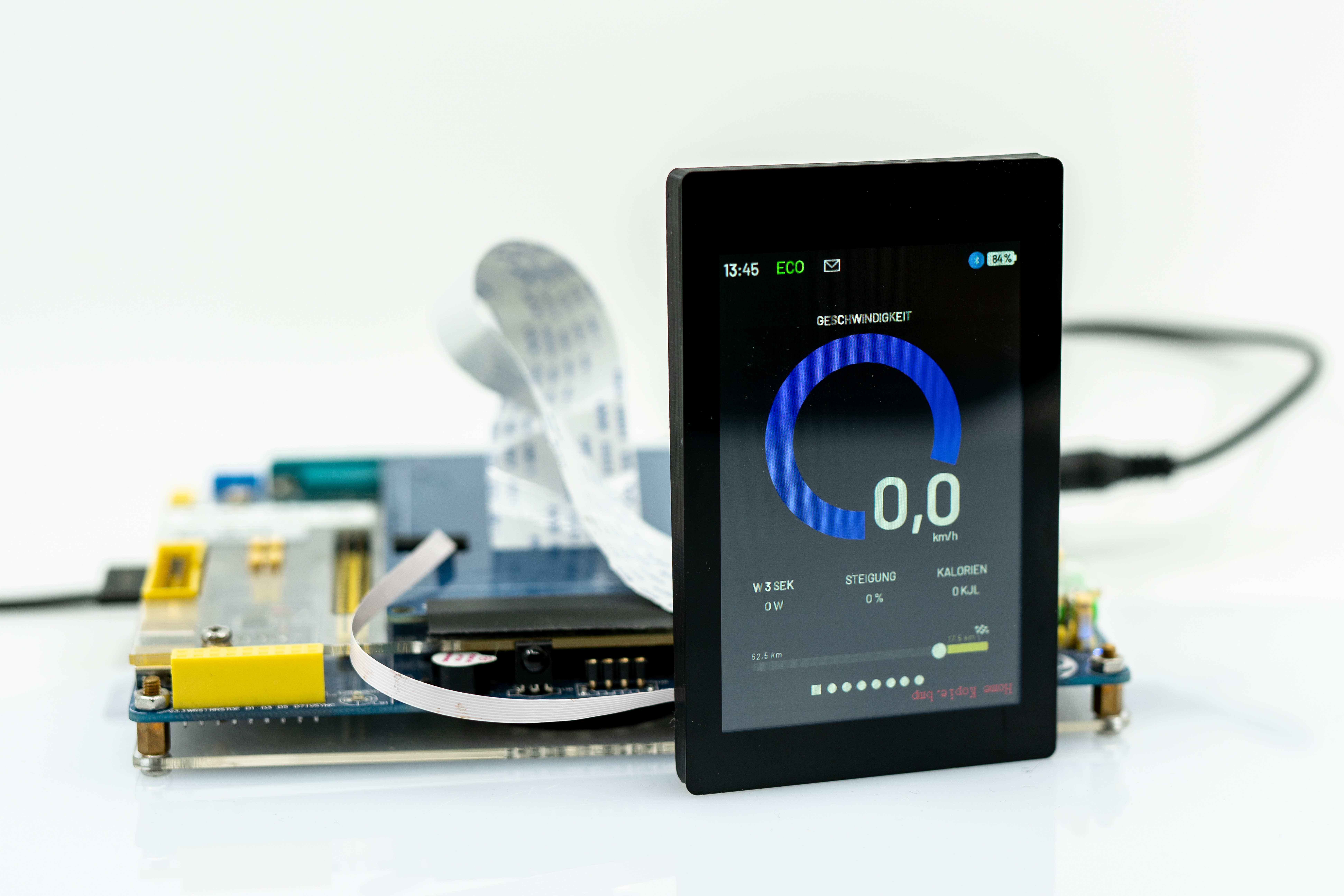The display is the face of every application. Wherever digital communication takes
place these days, there is almost always a display involved.
It makes sense, therefore,
that applications and displays need to be in perfect harmony and that customers
increasingly require tailored solutions.
Dieter Heimgartner explains in expert
statements how he sees the future of the display.
Dieter Heimgartner, how important are displays today?
The display is becoming increasingly important for communication between
humans and machines – especially when used in conjunction with cutting-edge
technologies like facial recognition.
I see three major trends: First, the
HMI (human-machine interface) of the future will likely consist of a display,
a camera and other sensors, such as LIDAR (light detection and ranging) and
actuators.
Second, displays are becoming more sophisticated, enabling features
like 3D display or dual view.
Third, integration of additional sensors is
becoming more common, such as using a cover lens as an audio output medium
or incorporating RFID functionality.
What developments are you currently seeing in the display market?
Integrating additional sensors and actuators requires a higher level of system integration.
Displays now have higher resolution and greater colour depth, requiring more computing power and,
therefore, the integration of drive electronics and embedded boards. Software elements, too,
will increasingly become part of the product scope.
“The display is becoming increasingly important for communication between humans and machines – especially when used
in conjunction with cutting-edge technologies like facial recognition.”
What does this mean for the industry?
Expertise will shift from traditional specialized areas like circuitry or mechanics to
the latest tools.





